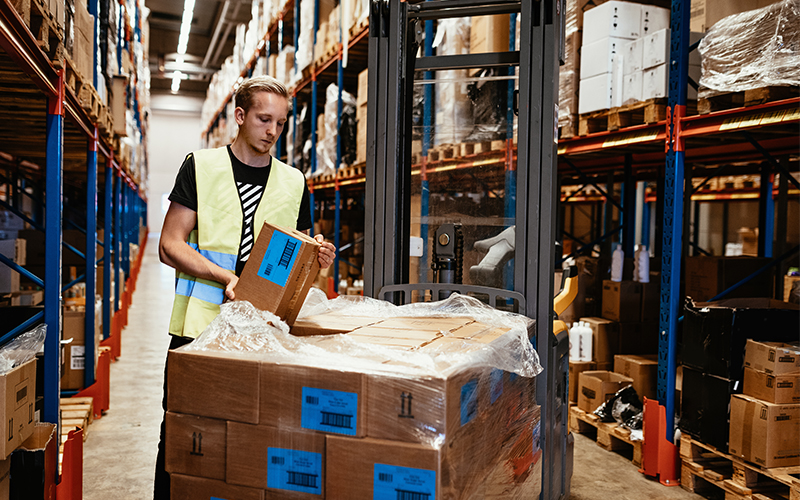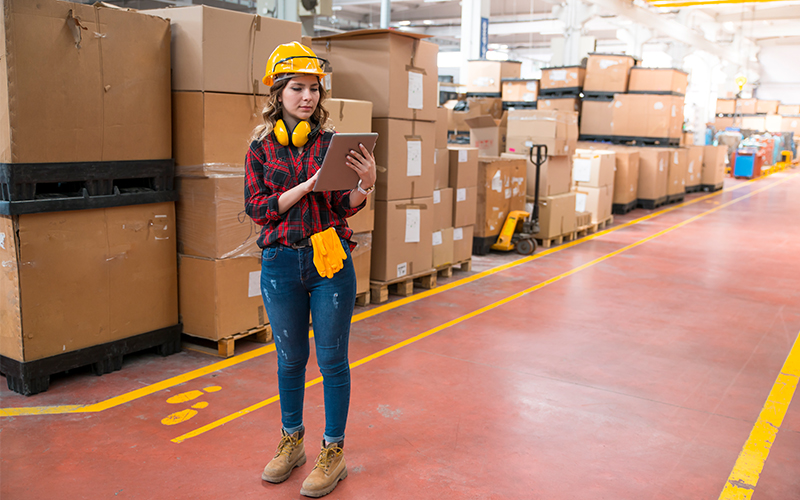In March 2021, the Ever Given, a massive container ship, ran aground in the Suez Canal, blocking one of the world’s busiest trade routes for six days. When a trade route that accounts for 12% of global trade gets blocked, there are far-reaching consequences. Hundreds of ships carrying everything from oil to soap had to be rerouted around the Cape of Good Hope, shaking up supply chains around the world. And this was just one of the unforeseen disruptions the world’s trade routes encountered in the last decade. Climate change-induced natural disasters, the COVID-19 pandemic and geopolitical tension have all highlighted how fragile the global trade network is. The butterfly effect could indeed have been coined for the world’s supply chain. A small disruption at one corner of the world can create ripples at the other end too. So it’s no surprise that organisations have started perceiving supply chain resilience as a cornerstone of their own resilience.
So, what is supply chain resilience? It refers to the capacity of an organisation to anticipate, absorb, and quickly recover from disruptions to its supply chain. In today’s world, where a vaccine manufacturer in India would be dependent on raw materials from Europe to supply vaccines to West Africa, supply chain resilience is crucial. This resilience is supported by three pillars—rapid detection, effective response, and swift deployment of solutions. Rapid detection is the prompt identification of disruptions like supplier delays, demand surges, or geopolitical shocks. This is achieved through real-time monitoring and data visibility. Effective response is all about developing strategies like rerouting shipments, switching suppliers, or even making changes to product design. The last response, swift deployment, refers to implementing these solutions with minimal delay.
Organisations have always been primed towards supply chain resilience, but in the traditional way. They had detection systems in place to spot any disruptions as quickly as possible. They would also regularly conduct stress tests to make sure that their processes are ready to take on any disruptions. But the market is so interconnected and volatile today that traditional methods are often found wanting. The main gap is in the visibility across the entire chain. For example, a 2021 survey revealed that only two percent of firms had visibility beyond their second-tier suppliers, leaving many companies exposed to cascading disruptions from events like pandemics, trade wars, or raw material shortages.
What we need is a technology-driven solution that can predict disruptions before they occur. Now, supply chains are interconnected networks that often span the world and are often affected by global weather patterns and changes in government policies. So predicting disruptions in the chain would involve analysing vast amounts of data and drawing patterns and probabilities. This is where AI comes in. AI analyses vast datasets from suppliers, logistics providers, market news, and weather patterns to identify potential threats much earlier than traditional systems allow. Machine learning algorithms continuously scan for anomalies and alert the relevant stakeholders much earlier than traditional warning systems.
Blockchain, Internet of Things (IoT), digital twins, and cloud-based platforms are also reshaping how global supply chains operate. Blockchain creates a tamper-proof, decentralised ledger that records transactions and tracks goods as they move between parties. This secure, transparent system improves traceability and accountability. This is essential for industries like food, pharmaceuticals, and luxury goods where provenance and regulatory compliance matter most.
Sensors and connected devices placed in supply networks provide stakeholders with real-time data about inventory levels, environmental conditions, and asset locations. This helps in detecting potential problems like delays, spoilage and equipment failures. This enables immediate corrective action and reduces risk exposure.
Digital twins create virtual replicas of physical supply chain networks. These sophisticated models allow companies to run simulations and test disruption scenarios without affecting actual operations. Manufacturing firms, for example, use digital twins to model supplier shutdowns or logistical bottlenecks.
Cloud-based platforms enable real-time collaboration and data sharing among supply chain partners in different parts of the world. These systems provide visibility into inventory, demand, and logistics data.
When organisations use these technologies in tandem, they will be able to reduce costs, minimise waste, and create supply networks that adapt quickly to changing conditions. Automation handles routine tasks with consistency, freeing employees to focus on strategic decisions and relationship management.
Organisations that embrace these technologies will be best positioned to succeed as global trade becomes increasingly complex and unpredictable. Their ability to respond swiftly to challenges while maintaining operational excellence will definitely give them a competitive edge.
how can Infosys BPM help?
Infosys BPM’s Sourcing and Procurement Outsourcing Services include solutions for enterprises seeking to transform and thrive in a rapidly changing ecosystem. Our industry-leading solutions are designed to empower organisations with the latest advancements in Artificial Intelligence (AI) to augment their procurement activities.







